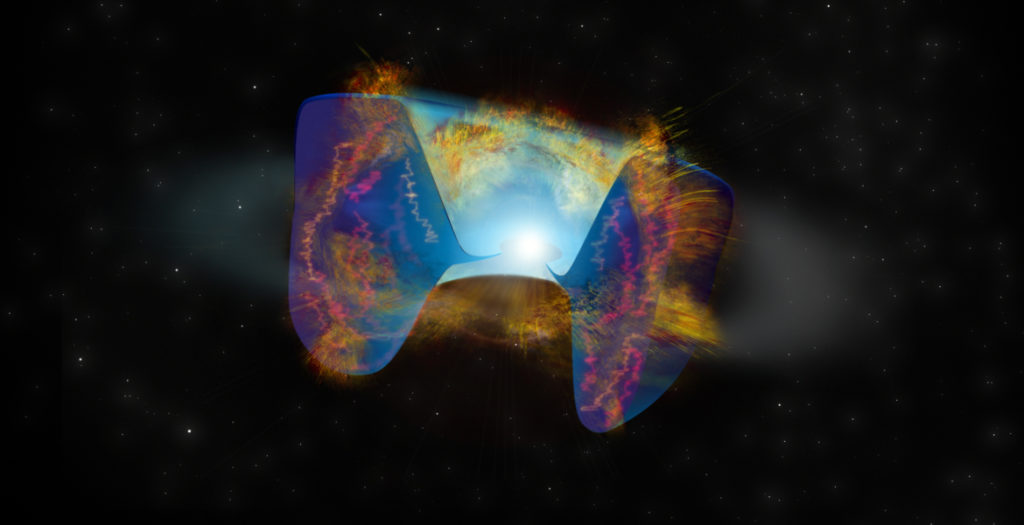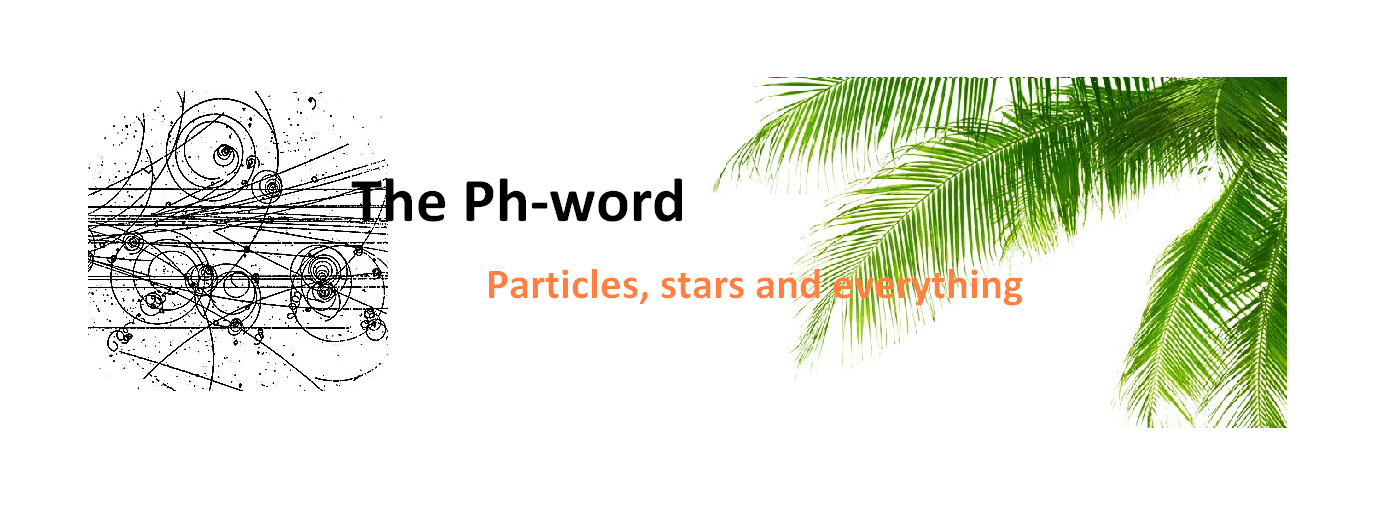This is the first time that the Ph-news deal with only one item! Well, better than no item I guess… To be honest it’s a good one but not anything mind-blowing. I guess everyone deserved a summer break after playing mad scientists at our leisure for one and a half year.

Bill Saxton, NRAO/AUI/NSF
So, the Very Large Array Star Survey caught a weird radio wave signal coming from an unassuming star. This made people look at past data in an effort to understand, and they found that MAXI, an instrument on board the International Space Station looking for X-rays, had seen something.
More precisely, back in 2014 it saw a burst of X-rays from that same star, which emitted 10 trillion times the energy of the Sun within 15 seconds…
The conclusion was that a rare and previously unobserved kind of astronomical event had taken place: the star swallowed either a neutron star or a black hole! If you wonder where it found it, the answer is that this was in fact a binary star system, with one of the two having turned into, again, either a neutron star or a black hole. At some point, the other one started burning up its reserve of nuclear fuel and becoming a supergiant. And as it swelled it encompassed the smaller “compact object”.
The latter created a mess, throwing material from the active star around, until it reached its core. A supernova explosion followed. The X-rays were from here. But not all was over.
After a few years, material from the explosion caught up and slammed into gas that was thrown out during the earlier stages of the swallowing. This collision gave us the radio waves.
This was an exercise in using past tenses… but also a nice astrocataclysmic happening, observed for the first time by combining quite different telescopes. Let’s see what the future holds as we build more and more different “eyes” for the skies.
